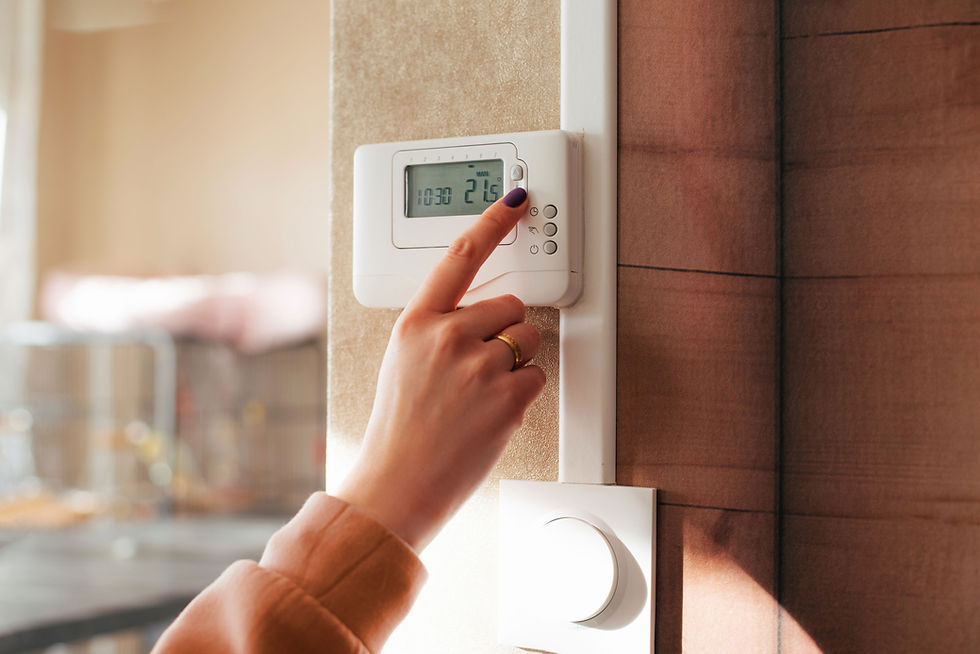Electricity rate hikes
- OwnWatt
- Apr 15
- 1 min read
Updated: Apr 17
In recent years, Pacific Gas and Electric (PG&E) has implemented significant rate increases to fund critical infrastructure improvements aimed at enhancing grid resilience and reducing wildfire risks. Between 2018 and 2024, PG&E's average residential electric rates rose from approximately $0.27 per kWh to $0.38 per kWh, marking a 40% increase above inflation. These are the trend that is going to continue.
DTE gets $217 million rate hike approval in 2025, (https://planetdetroit.org/2025/01/dte-energy-rate-hike-michigan/) NV Energy seeks 9% rate increase in Southern Nevada (https://nevadacurrent.com/2025/02/25/nv-energy-seeks-9-rate-increase-in-southern-nevada/), NextEra Energy's subsidiary, Florida Power & Light Company (FPL), (https://www.reuters.com/business/energy/nextera-energys-fpl-seeks-hike-customer-bills-2025-after-floridas-fourth-2024-10-29/?utm_source=chatgpt.com) said on Tuesday it has asked for approval of a temporary surcharge on customer bills in 2025 to recover $1.2 billion in hurricane restoration costs.

This higher rate drive people to look for other options such as
Rising electricity rates have prompted many homeowners to consider alternative energy solutions, notably solar photovoltaic (PV) systems paired with battery storage. This shift is driven by the desire to mitigate increasing utility costs and achieve greater energy independence.
Evidence Linking Higher Rates to Increased Solar and Storage Adoption:
Increased Adoption Rates: In the first half of 2024, over one-third of homeowners who purchased solar panels through EnergySage also invested in battery storage. This marks a significant rise from the previous year, where only about 10% combined solar installations with storage. The surge is attributed to both rising electricity rates and decreasing costs of solar and battery technologies (https://environmentamerica.org/center/updates/energy-storage-for-solar-at-record-high-interest-and-record-low-prices/)
Besides the rate hikes, many utilities, in order to avoid be blamed for causing fires, are implementing public safety power shutdowns, give people increased outages




Comments